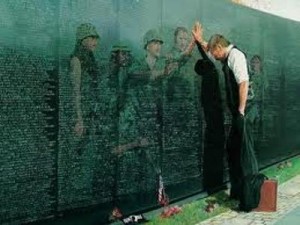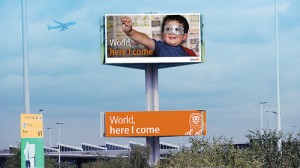Due by 11:59 PM on 9/11
On Thursday, September 10th, we’re going to have a field trip to Longwood Center for the Visual Arts. Our LCVA meeting will begin promptly at 11:15 AM – be there on time!
What you will need to bring to this trip: your punctual self, an electronic device that can take photos (and notes, if you want to), a pen/pencil + notepad (if you want to take handwritten notes). I tell you what to do with those in your upcoming blogging prompts.
Once our LCVA meeting begins, the Center representatives will introduce the LCVA and let the you know how you can be involved in the LCVA- volunteering, attending events, opening receptions, etc… And then we’ll tour the work on our own. Once you finish the tour and select your art works, please blog about the following in a separate posting in your own blog.
During the LCVA trip, view and select (at least two) certain art pieces to reflect on. Then, with those examples of visual art in mind, make a claim in response the question: To what extent is visual art rhetorical? At least in one paragraph, support your claim with your general thoughts/reflections about it and in light of the articles we have read for the class so far. Specifically cite the authors whose ideas might guide your perspectives (whether you agree or disagree with them or you’re just using their points to enhance your reflections).
Then, in another section (at least one paragraph), analyze the visual art pieces of your choice: provide details from the works to comment on the extent to which they are rhetorical or not.
*If you were allowed for educational purposes, post a photo of the pieces you have analyzed. In any case, you have to identify the painter and the title of the painting to inform us as well as to give proper credit.



